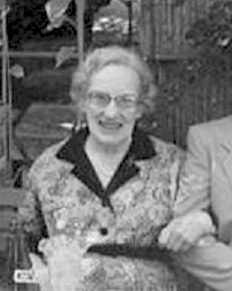Siegmund Hurwitz (died 1994) was a Swiss psychoanalyst, Jungian scholar and writer on Jewish mysticism.

Psychoanalysis is a set of theories and therapeutic techniques related to the study of the unconscious mind, which together form a method of treatment for mental-health disorders. The discipline was established in the early 1890s by Austrian neurologist Sigmund Freud and stemmed partly from the clinical work of Josef Breuer and others. Psychoanalysis was later developed in different directions, mostly by students of Freud such as Alfred Adler and Carl Gustav Jung, and by neo-Freudians such as Erich Fromm, Karen Horney and Harry Stack Sullivan. Freud retained the term psychoanalysis for his own school of thought.
Hurwitz was a member of the innermost circle of Carl Jung’s so-called Zurich school and he received his analytical training from Jung, Toni Wolff and Marie-Louise von Franz. [1] Hurwitz was Jung’s dentist for many years and was, together with his wife Leni Hurwitz (one of the original editors of Jung’s Collected Works), also a personal friend. He often advised Jung on questions regarding Jewish mysticism and they shared wide-ranging interests in the fields of philosophy and religion. Hurwitz worked both as a dentist and an analyst for many years, and after his retirement from dentistry, he was able to devote more time to his writing. He was long a scholar of Jewish mysticism and, with his gift for language, was often sought out by Jung and others when there were ancient texts to be consulted.

Carl Gustav Jung was a Swiss psychiatrist and psychoanalyst who founded analytical psychology.
Toni Anna Wolff was a Swiss Jungian analyst and a close collaborator of Carl Jung. During her analytic career Wolff published relatively little under her own name, but she helped Jung identify, define, and name some of his best-known concepts, including anima, animus, and persona, as well as the theory of the psychological types. Her best-known paper is an essay on four "types" or aspects of the feminine psyche: the Amazon, the Mother, the Hetaira, and the Medial Woman.

Marie-Louise von Franz was a Swiss Jungian psychologist and scholar, renowned for her psychological interpretations of fairy tales and of alchemical manuscripts.
He continued to maintain a small analytical practice in Zurich until his death in the Summer of 1994.







